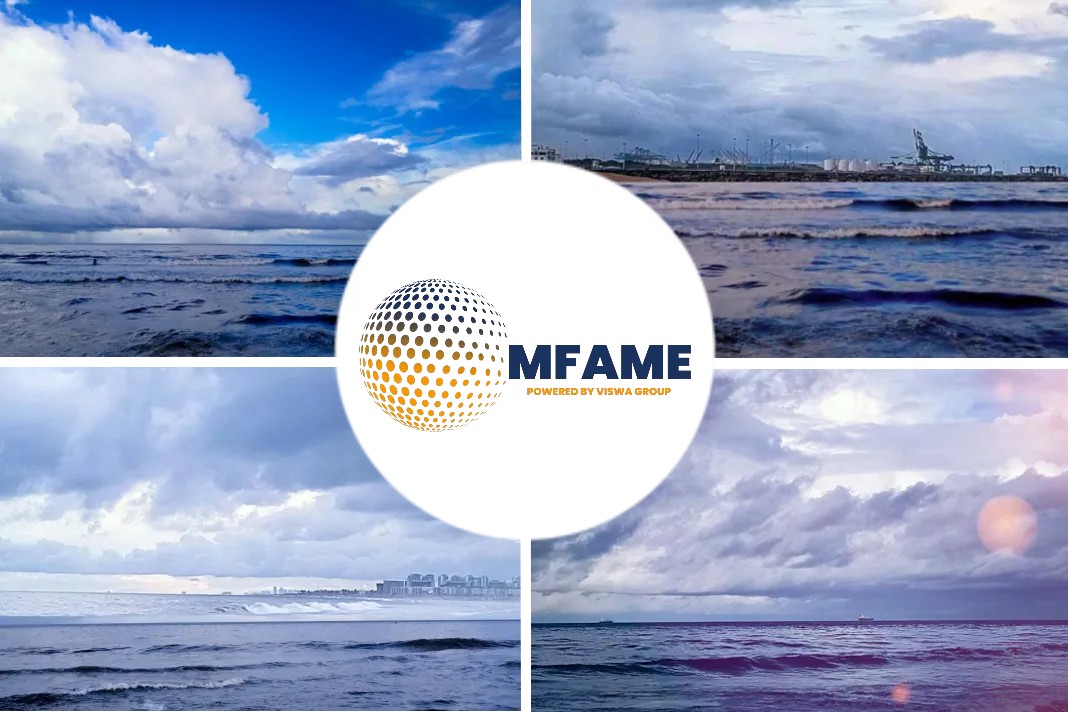- Average realized price rise to $93/b of oil equivalent in Q1
- KGP Interconnector pipeline starts in March
- Woodside is committed to reducing GHG emissions, pursuing clean energy
Australia-based Woodside Petroleum’s LNG produced sales volumes rose about 2% quarter on quarter to around 2.06 million mt in the first quarter of 2022, the company said April 26, as demand stayed resilient, says an article published in SP Global.
Quarterly result announcement
The company’s overall delivered sales volumes, which also include sales of domestic gas, condensate, oil and LPG in addition to produced and purchased LNG, stood at 25.5 million barrels of oil equivalent in Q1 compared to 31.76 million boe in Q4 2021, Woodside said in a data supplement, while making its quarterly result announcement to the Australian Stock Exchange.
The company’s average realized portfolio price in Q1 increased to $93/b of oil equivalent, up 3% from Q4 2021, it said.
Unprecedented volatility
“The implications of Russia’s invasion of Ukraine have reverberated globally, exacerbating already tight energy markets, particularly for LNG,” Woodside CEO Meg O’Neill said, adding that the invasion had increased price spikes amid an “unprecedented volatility”.
“We expect in the second quarter to see the continued benefit of stronger pricing, reflecting the oil price lag in many of our LNG contracts,” she said.
Woodside said its average realized price for LNG sales in Q1 was at $16/MMBtu. This compares with an average JKM LNG price of $31.07/MMBtu during the same period, according to data from S&P Global Commodity Insights, as most legacy long-term contracts in the Asia-pacific region remain linked to crude oil prices.
Projects progressing well
As far the company’s projects were concerned, Woodside said that work on its Scarborough and Pluto Train 2 projects began to ramp up during the first quarter.
“Manufacture of the Scarborough pipeline commenced, and we also exercised a contractual option to fabricate the Scarborough subsea structures in Western Australia,” it said.
“An important transition point in the history of the North-West Shelf Project was realized in March with the start-up of the Pluto-Karratha Gas Plant (KGP) Interconnector pipeline, for the first-time enabling processing of third-party gas at Australia’s largest LNG production facility,” it added.
Woodside has also signed binding agreements for the long-term charter of three new-build LNG carriers to be delivered prior to the start-up of Scarborough. The new ships are expected to improve the cost competitiveness and fuel efficiency of the Woodside fleet.
Meanwhile, in Senegal, the Sangomar Field Development Phase 1 is now more than 50% complete and remains on track for targeted first oil in 2023, it said, adding that the second drillship — Ocean BlackHawk — is scheduled to commence activities in mid-2022.
Trimming GHG emissions
In its Climate Report 2021 released in the first quarter of this year, Woodside said its near- and medium-term targets to reduce net equity Scope 1 and 2 greenhouse gas emissions were on track.
Scope 1 emissions are those that are direct emissions from owned or controlled sources and Scope 2 emissions are the indirect emissions from the generation of purchased energy consumed by the reporting company.
In 2021, Woodside’s net equity Scope 1 and 2 greenhouse gas emissions were 10% below the 2016-2020 gross annual average, on course to meet its 2025 target of a 15% reduction, the report said.
Woodside in 2021 also set a $5 billion investment target by 2030 for new energy products and lower-carbon services such as hydrogen, renewables and CCUS as part of its Scope 3 emissions plan.
The company is also a signatory to the Methane Guiding Principles and is actively pursuing methane emissions reduction and measurement opportunities in addition to clean energy projects.
“Our collaboration with Heliogen has also deepened with our agreement to deploy a 5 megawatt electric module of the US company’s AI-enabled concentrated solar energy technology in California, as well as jointly market Heliogen’s renewable energy technology in Australia,” O’Neill said in the ASX announcement.
Among other initiatives, Woodside has also launched a carbon capture and utilization collaboration with US-based technology developers ReCarbon and LanzaTech to investigate the viability of a proposed CCU pilot facility in Perth, she said.
Did you subscribe to our daily Newsletter?
It’s Free! Click here to Subscribe
Source: SP Global



















